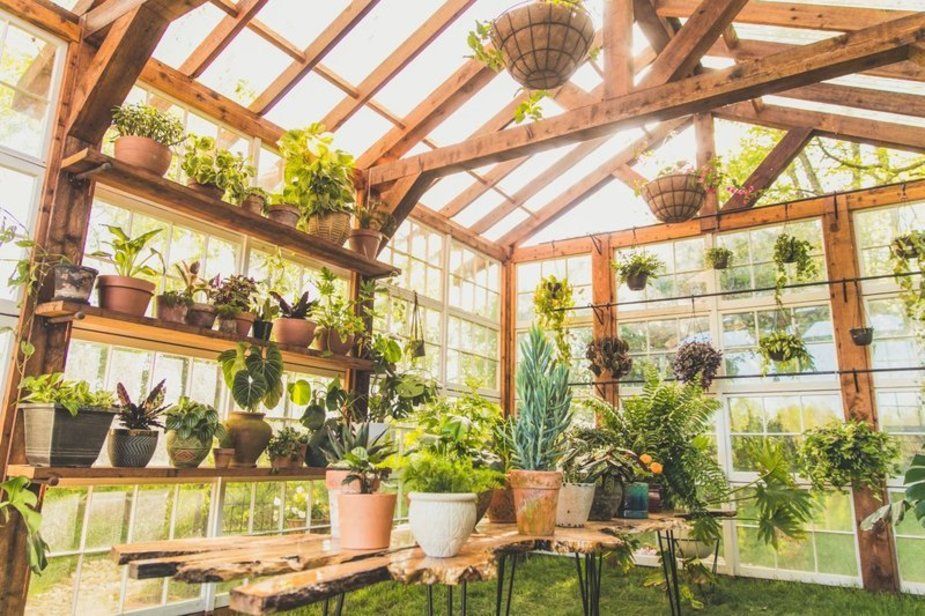Many elements become possibly the most important factor while picking plants for a garden. Planting might be the response to a particular finishing need, like screening an unattractive view, filling an obscure corner, or forestalling disintegration on a slant, or you might plant essentially for the tactile delights a garden gives. The decision of garden plants will rely upon the garden’s size, environment, and explicit qualities. Each plant should be appropriate for the garden’s circumstances, whether bright or obscure and sodden or dry, and soil type. Plants likewise should fulfill individual taste. Here are a few ways to pick the right plants to improve any garden space.
- Begin with an arrangement.
The most important phase in arranging a garden is to put pencil to paper. Draw a layout of the area to be planted, attracting it to scale. Add any scene highlights, like walls or fences, and any current plantings or trees. Mark the place of the current plants and utilize a circle to show how much spread, taking into consideration future spread. Assigning the spread of a current tree’s shade lets you know how much sun the garden will get. This is significant on the grounds that plants differ extraordinarily in how much sun or shade they can endure. Likewise note any varieties in soil conditions, similar to a boggy region, which you should realize in choosing plants in view of dampness resilience.

As you recognize the plants you might want to add, mark them on the framework, again showing establishing position and spread. Begin with the biggest plantings first, and work down in scale from trees to bushes to ground cover and perennials to annuals and bulbs. Utilize a garden inventory for data about level, spread, and establishing distances and sun and dampness resilience. This plan will assist you with concluding the number of plants that can be added to the space without congestion, and will turn into an aide while looking for your garden plants.
- Think about the plant’s capability.
Plants can serve many capabilities in a garden. They can go about as a shelter to give conceals a screen for protection, or a divider to stamp a space. Plants likewise can work as floor coverings, accents, or fillers. Decide the capabilities to be served inside your garden plan and select plant assortments that will accomplish those reasons.
- Change plants for visual interest.
A plant’s shape, surface, and variety assume a basic part in any garden plan. While the shade of a plant’s blossom might be its clearest highlight, recollect that a bloom frequently is something passing in a garden. Subsequently, think about the variety and surface of the leaves and the blossoms. By utilizing plants with various shapes, surfaces, and varieties, you will add visual interest and definition to the scene.
- Pick plants for all year interest.
For all year interest in the garden, pick plants that sprout in various seasons. For winter interest, incorporate a few evergreen plants, deciduous trees major areas of strength for with or stripping bark, or fancy grasses that give construction to the garden.
- Pick plants that suit your way of life.
At last, the plants you pick should suit your way of life. The Plant Collector In the event that you have relatively little opportunity to spend in the garden, pick low support assortments.